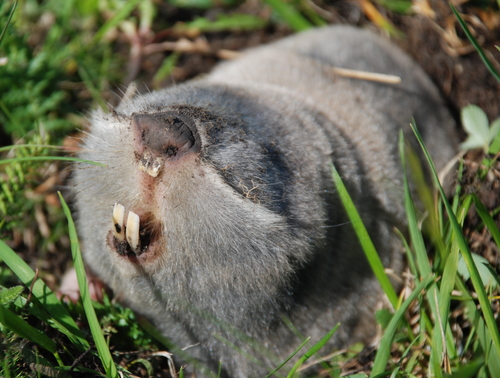
Lesser Blind Mole Rat
The Greater Mole-Rat, Spalax microphthalmus, is a master of underground life. With tiny eyes and powerful limbs, it digs intricate burrows in Eastern European steppes. This solitary creature enriches the soil, showcasing unique adaptations to its subterranean world.
Grey
Color
Low
Aggression
Least Concern
Conservation Status
Stable
Population Trend
Characteristics
Spalax microphthalmus, known as the Greater Mole-Rat, inhabits the steppes of Eastern Europe. It is adapted to a subterranean lifestyle with reduced eyes and robust, cylindrical bodies. This species is known for its solitary behavior and complex burrow systems, playing a crucial role in soil aeration and nutrient mixing.
Distribution Range of the Lesser Blind Mole Rat
The Spalax microphthalmus, commonly known as the Greater Blind Mole Rat, is native to Eastern Europe. Its geographical distribution primarily includes regions in Ukraine and Russia, especially in the steppe zones of these countries.
Lesser Blind Mole Rat's Habitat
Environmental Conditions
The Greater Blind Mole Rat inhabits open grasslands and steppe regions characterized by dry, continental climates. These areas typically have hot summers and cold winters, with limited rainfall. The soil in these regions is generally soft and loose, making it suitable for burrowing.
Ecological Niche
Spalax microphthalmus occupies a subterranean ecological niche, spending most of its life underground. It is adapted to a fossorial lifestyle, where it digs extensive burrow systems to search for roots and tubers, which constitute its primary diet. The species has small eyes and reduced sight, relying on other senses to navigate and find food. It plays a role in soil aeration and nutrient mixing, contributing to the ecosystem's health.
Copyright @ Nature Style Limited. All Rights Reserved.
 English
English